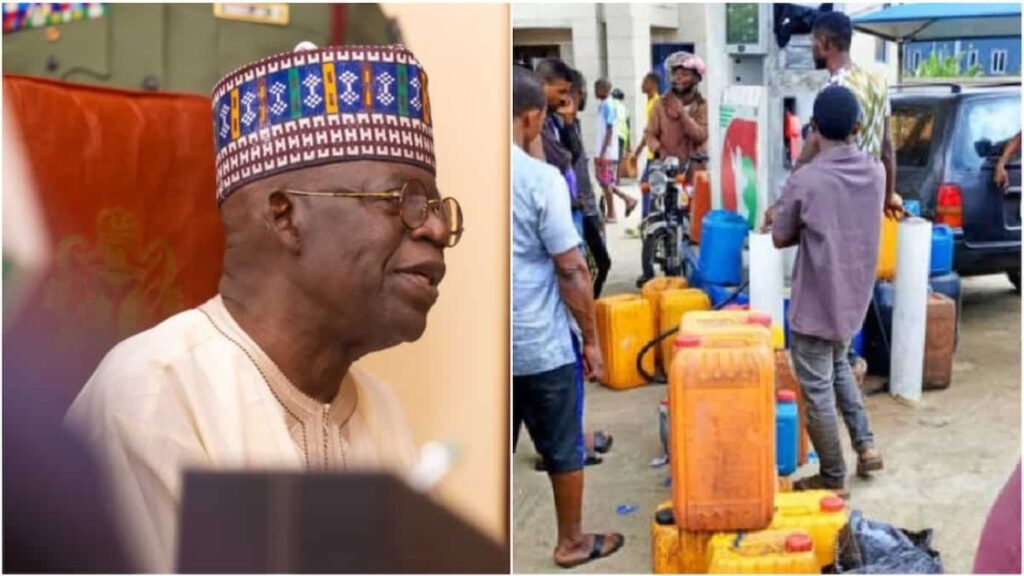When Nigeria experienced the oil boom in the 1970s, the people were sure they had gotten lucky. After all, crude is known as “Black Gold,” and the money the country will realize from its exports and local sales will mean both the government and its citizens will prosper. There’s also the fact that Nigerians will not have to deal with fuel scarcity or pay through their teeth to access fuel and all its by-products.
Sadly, the reverse is the case for Africa’s largest oil-producing nation. For decades, Nigeria has battled with low-capacity refineries, fuel scarcity, and, most recently, astronomically high prices of fuel, diesel, and cooking gas. Despite having vast crude oil reserves, the country is unable to provide its citizens with affordable refined petroleum products.
However, beneath the glitz and glamour of the oil boom lay a dark reality: Nigeria was focusing solely on oil and neglecting agriculture.
Not even the construction of a $20 billion refinery by the Dangote Group has ended the fuel scarcity or lowered pump prices in the country. The question, therefore, is why Nigeria, a country with abundant crude oil resources, is still struggling to provide adequate fuel for its citizens, and why fuel prices are rising rather than decreasing.
This article answers these questions by taking an in-depth look at the history of Nigeria’s fuel crisis, beginning with the oil boom. We’ll also look at the decay of state-owned refineries, the corrupt politics of fuel subsidy, and the impact and hope that came with the Dangote Refinery.
Let’s begin!
The Oil Boom of the 1970s to the 1980s
The 1970s were a great time in Nigeria’s history. The country discovered crude oil in Bayelsa State in 1956, and the 1973 Middle East oil embargo, along with the 1979 Iranian Revolution, led to a skyrocketing in global oil prices. This meant that Nigeria’s high-quality, low-sulfur “Bonny Light” crude would rake in profits.
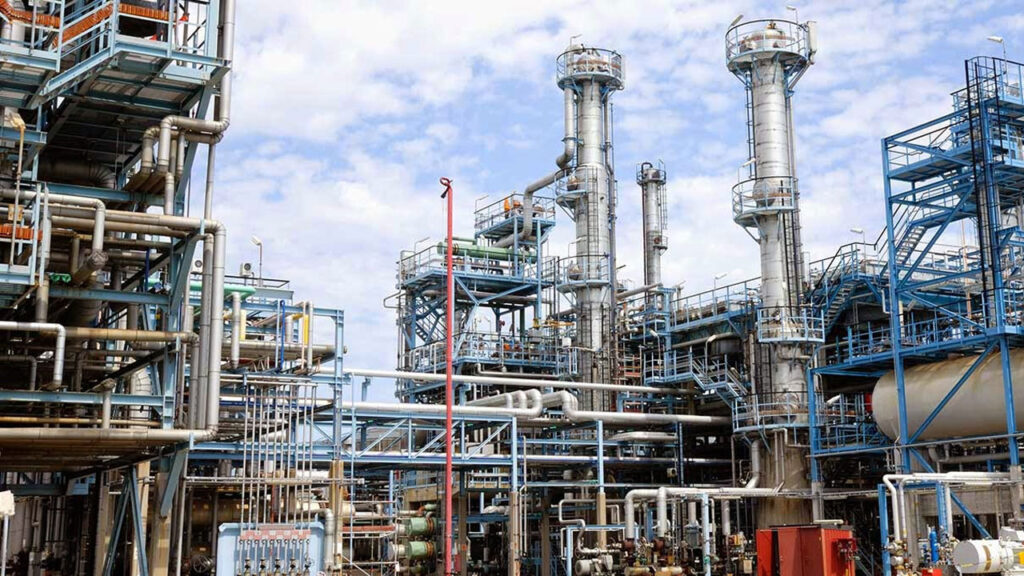
It did precisely that, and “Petrodollars” poured into the country, leading to a powerful, but misplaced sense of national optimism. In the words of the then-Head of State, General Yakubu Gowon, “Nigeria’s problem was not money, but how to spend it.”
The newfound wealth was spent on building two new refineries in Warri (1978) and Kaduna (1980). Nigeria had earlier built one in Port Harcourt in 1965. The refineries were a beacon of national pride and industrial self-sufficiency. With them, Nigeria was poised to meet rising national demand for fuel.
The oil wealth also went into building universities and highways, and into funding grand national projects like the FESTAC ’77 arts festival. However, beneath the glitz and glamour of the oil boom lay a dark reality: Nigeria was focusing solely on oil and neglecting agriculture.
Agriculture in the 1960s was the backbone of Nigeria’s economy and its foreign exchange earnings. But with the surge in oil prices, the Nigerian government neglected it and went from being an exporter to an importer of food. However, it would soon become clear that this was a costly mistake — one that the country hasn’t recovered from.
And so Nigeria became a country that once exported crude and refined it locally, but now exports crude and imports refined fuel.
The bubble the Nigerian government created shattered in the 1980s. The global crash in crude oil prices exposed the Nigerian economy’s sole reliance on crude. In the blink of an eye, government revenue stopped flowing in, leading to foreign debt and rising inflation.
In a bid to salvage the situation, the government turned to the IMF for assistance, which led to the Structural Adjustment Program (SAP). While the government implemented SAP, the grand projects stalled, highways fell into disrepair, and school construction came to a halt.
Only one thing remained: the apparent fact that Nigeria has ill-advisedly relied on a single volatile commodity without any backup. The boom was over, and the high the government was on had ended, but Nigeria’s economic struggle and fuel crisis were only beginning.
The Birth of Fuel Subsidy (1980s to 1990s)
With Nigeria still reeling from the oil price collapse of the 1980s, it implemented the IMF SAP. However, the policy did not provide the relief the government expected. Instead, it caused a massive devaluation of the naira and rising inflation.
To mitigate the severe economic shock and appease the public, the military government led by Ibrahim Babangida decided to subsidize petrol prices heavily. And so began the era of fuel subsidy, an act that will haunt Nigeria due to the corruption associated with the subsidy relief.
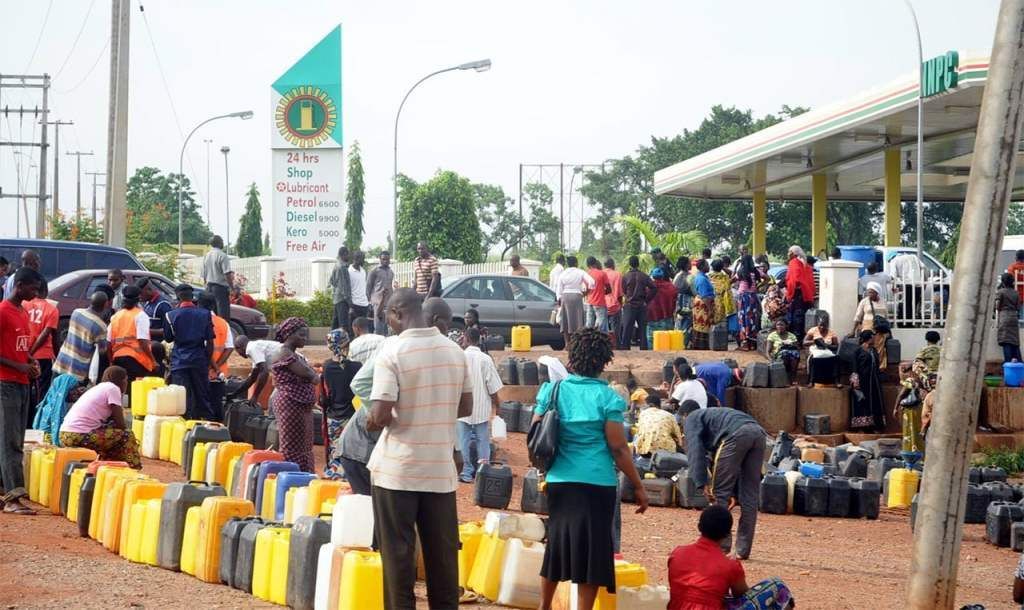
Initially, the fuel subsidy was intended as a temporary relief. But soon, it became a non-negotiable political tool that the government used to placate and entice the citizens. Also, Nigerians became entitled, seeing it as the one thing they enjoyed from the country’s massive oil wealth.
As a result, every government, from the military to civilian presidents, kept subsidies in place. But with the subsidy came the abandonment of local refineries. The refineries stopped functioning as they should, prompting the government to allocate billions of naira for “Turnaround Maintenance.”
However, the maintenance funds were not used for their intended purpose due to gross mismanagement and corruption. With oil-sector corruption worsening and local refineries nearly abandoned, the government began importing fuel on a large scale. And so Nigeria became a country that once exported crude and refined it locally, but now exports crude and imports refined fuel.
A small, politically connected elite received the import license under the Sani Abacha regime. These people would import the fuel, collect staggering government subsidies, and, as investigations later revealed, sell it to neighboring countries at a higher price.
Although the issuance of licenses to private companies was meant to be temporary, it became a permanent, corruption-riddled enterprise. By the end of the 1990s, Nigeria was a cautionary tale: it was one of the largest exporters of raw crude oil globally, but it was 100% dependent on imported refined fuel.
Also, due to import licenses, a new class of subsidy billionaires emerged, while the average Nigerian had no access to the benefits of the country’s crude wealth except through subsidies.
The Era of Turnaround Maintenance From the 2000s to the 2010s
When Nigeria returned to civilian rule in 1999, there was new hope and a fresh wave of promises to fix the oil sector and break the cycle of importation. These promises continued from the President Olusegun Obasanjo, to the Goodluck Jonathan and Muhammadu Buhari administrations, respectively.
However, the promises proved empty. Instead, each administration spent billions maintaining refineries that barely refined petrol and subsidizing fuel. According to reports, between 2010 and 2020, Nigeria spent a staggering ₦11.35 trillion (over $26 billion) on refinery repairs.
Despite the huge sum, the refineries were barely functioning. The performance of the plants in Warri, Kaduna, and Port Harcourt was nothing noteworthy. Data from the Nigerian National Petroleum Commission (NNPC) showed that the combined capacity of the refineries was only 25% and, in some quarters, 0%.
The refinery began operating in early 2024, and Nigerians hoped that, finally, there would be an end to import dependency, that supply would stabilize, and that fuel would be more affordable. But sadly, this was not to be.
Throughout this period, there was a cycle of political blame and an increase in subsidy fraud. Every administration blamed the previous one for the infrastructural decay, while issuing new turnaround maintenance contracts. In 2012, Nigerians took to the streets during the Occupy Nigeria protests to demand that the government remove the fuel subsidy.
The protests exposed a significant scandal, involving marketers who claimed billions for undelivered fuel imports. The government partially removed the subsidy, leading to an increase in fuel prices from ₦65 to ₦140. The government later partially reinstated the subsidy, bringing the fuel price down to ₦97.
Throughout the 2010s, Nigeria was entirely dependent on foreign refineries, leading to significant increases in fuel prices. Nigerians also had to deal with different periods of fuel scarcity and long queues at the pump. And with rising fuel prices, the cost of diesel and gas rose as well.
The End of Fuel Subsidy 2023 to 2024
This dance continued until May 29, 2023, when newly elected President Bola Ahmed Tinubu announced the end of fuel subsidy during his inaugural speech. Many had expected a gradual phase-out, but the President put an end to that thought with these words, “The fuel subsidy is gone!”
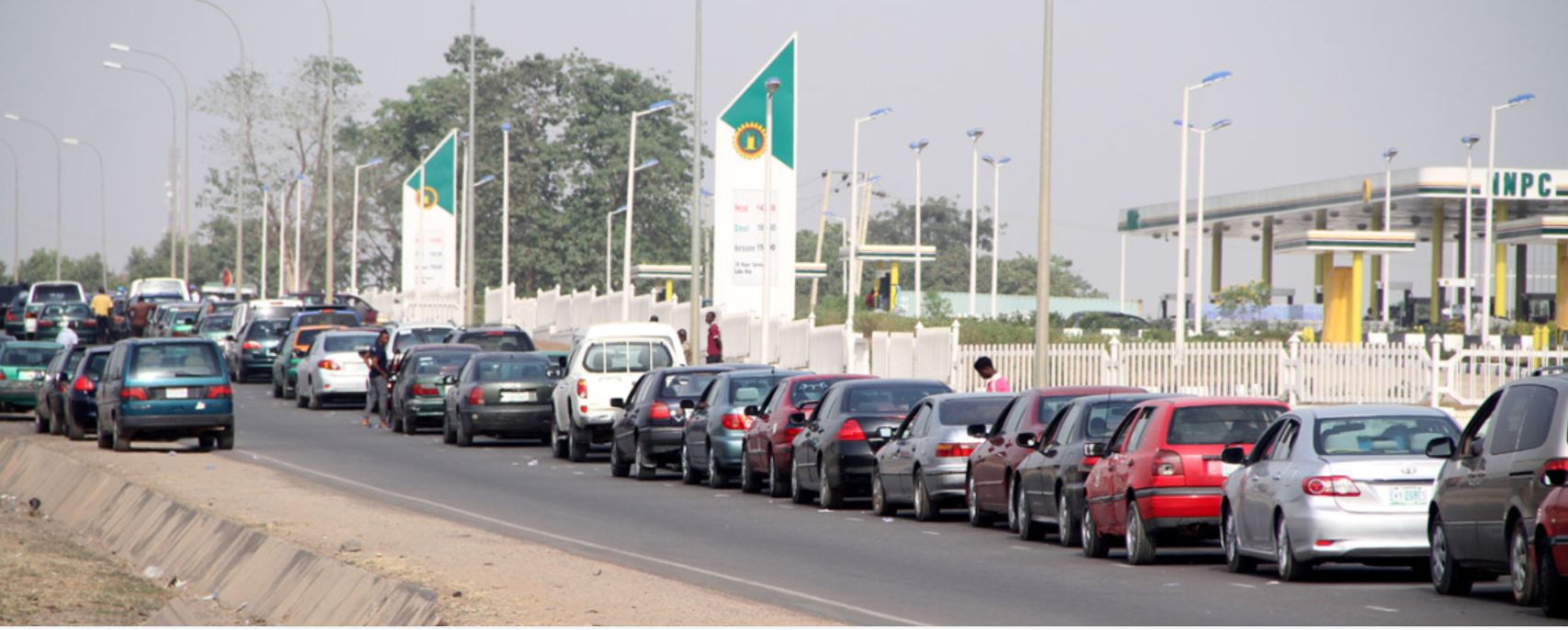
The fallout was immediate. Within hours, fuel prices nearly tripled, going from ₦190 to over ₦500. The prices kept rising, and the IMF, the World Bank, and some local economists hailed the move as courageous and necessary for Nigeria’s economic growth.
The Nigerian subsidy removal was also seen as a way to stop the fuel subsidy theft. But the average Nigerian who was not an economist or a supporter of the Tinubu fuel policy had a different opinion. They saw the policy as the greatest betrayal because the subsidy removal, along with the devaluation of the Naira, led to a high cost of living.
Transport fares tripled overnight, making it difficult for low-income households to buy essential food items. The government tried to placate citizens with the promise of short-term pain for long-term gain, but made no conscious effort to reduce fuel imports or revitalize state-owned refineries.
The only hope Nigerians had was in the promise of the Dangote Refinery. The refinery began operating in early 2024, and Nigerians hoped that, finally, there would be an end to import dependency, that supply would stabilize, and that fuel would be more affordable. But sadly, this was not to be.
The Dangote Era and the New Paradox (2024–2025)
The Dangote Refinery is a $20 billion investment and the world’s largest single-train refinery. It was meant to put an end to the fuel crisis by ending fuel importation and stabilizing domestic supply. Also, the refinery was expected to help revive the Nigerian economy by strengthening the Naira’s value, enabling the country to export more than it imports and thereby saving foreign exchange.
So when Dangote Refinery started selling fuel in September 2024, Nigerians expected relief at the pump. But the relief never came. Instead, fuel prices remained high, and marketers, Dangote, and the federal government had a series of disagreements.
This means that until the naira gains against the dollar, the pump price will likely remain high even if Dangote Refinery supplies all of Nigeria’s fuel.
Soon, it was clear that the fuel crisis in Nigeria was not ending anytime soon, but had entered a new, more complex stage. Three key factors defined this new phase:
- The Crude Supply Failure: Dangote Refinery struggled to buy raw crude oil from Nigeria. The refinery faced delays and obstacles in buying from NNPC. For example, NNPC failed to meet supply commitments under the naira-for-crude deal. Also, there were allegations that International Oil Companies demand high premiums for Nigerian crude.
Dangote Refinery had to import crude from the United States. All these made crude supply failure the first roadblock to Dangote Refinery’s success and the hope of cheaper fuel.
- Incomplete Supply: The Dangote Refinery was unable to refine crude at full capacity. Due to challenges in securing local oil, it could not produce enough to meet Nigeria’s entire daily crude demand. As of October 2025, the Dangote Refinery supplies 40% of Nigeria’s local fuel demand, with 60% of its total output available for export.
Although the company has stated that it can meet the country’s 100% needs, the government and fuel marketers have a different option. So, Nigeria still had to rely on imports to stabilize local supply at this time.
- The Dollar-Pricing Paradox: The issues faced by the Dangote Refinery are not the only contributors to why fuel is expensive in Nigeria. The core of the problem has always been the buying of crude in U.S. dollars and servicing the country’s loans in the same currency.
So, whether Nigeria refines locally or not, the dollar-naira exchange rate is key to determining prices. This means that until the naira gains against the dollar, the pump price will likely remain high even if Dangote Refinery supplies all of Nigeria’s fuel.
Ultimately, the problem is not just about importing fuel, but about the inability of the government and oil industry stakeholders to build an internal, naira-based fuel supply chain. The rot of oil-sector corruption is deeper than broken refineries. It extends to the very way Nigeria received the solution — the Dangote Refinery — and to how it sells its oil to itself.
No End in Sight for the Nigerian Fuel Crisis
Given all we’ve said, there is no end in sight for the Nigerian fuel crisis. After decades of “reforms,” it is evident that the crisis was carefully designed to protect the interests of a select few at the expense of the Nigerian people. Each attempt to fix the problem creates a new one and enriches a new class of elites.
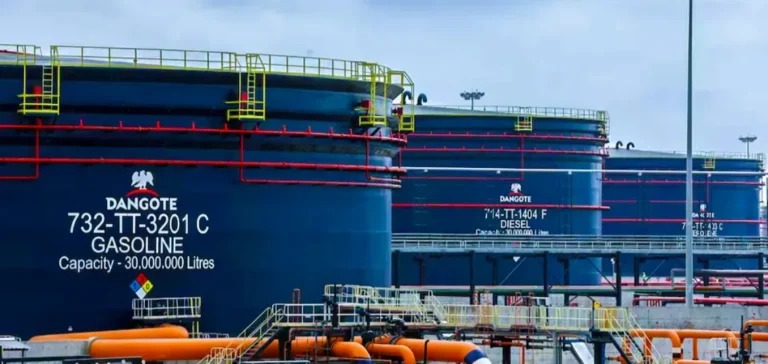
Here’s a summary of how it has played out:
- In the 1990s, the “refinery maintenance” contracts created a class of billionaires who took money but never fixed the refineries.
- In the 2000s, the “subsidy regime” created a wealthier cabal of fuel importers who were paid billions for imports but sometimes failed to deliver any fuel, creating scarcity.
- In the 2020s, the removal of the subsidy ended the scam but didn’t resolve the supply crisis. Nigeria continued importing most of its fuel, and continues to do so at the time of this writing.
One reason for the continued importation is the fear that Dangote Refinery will monopolize the market. However, the more Nigeria imports in dollars, and citizens buy in naira, the crisis won’t end. This means there will continue to be an imbalance between national wealth and the survival of the average Nigerian.
In Conclusion
Throughout Nigeria’s history of fuel crises, no government reform has solved the problem. The problem is systemic, not technical, and requires those in power and oil industry stakeholders to prioritize national interest over personal ones. For the fuel crisis to end, governance, accountability, and diversification must align.
If these three continue to go in different directions, no refinery — not even Dangote’s — can save Nigeria from the fuel crisis. So, what do you think? Will Nigeria ever reach a point where fuel is cheap, there is no scarcity, and all fuel used by Nigerians is refined locally?
Or will the future generation be like today’s, battling high fuel prices, periodic scarcity, and long fuel queues at filling stations? Share your thoughts with us in the comments.
References and Further Reading:
- Oil Price Crashes – 1980, 2008, and 2014
- Economic and Financial Review: Recent Developments in Nigeria’s Oil Industry and Their Implications for Government Finance
- Point of View: Nigeria’s Shot at Redemption
- Now That the Petrol Subsidy Is Gone, What Next Should Be Subsidized?
- Why Have Nigeria’s Refinery Revamps Failed Despite Billions Spent?
- Nigeria’s Three Refineries Processed Zero Crude But Cost the Nation N10 Billion in June
- Removing Nigeria’s PMS Fuel Subsidies
- Dangote Petroleum Refinery Starts Production
- Dangote Refinery Reshapes Nigeria’s Crude Oil Trade Landscape in 2024
- New Dawn: Dangote Refinery To Roll Out First Shipment of Petrol To Local Market Today
- Dangote Tackles Marketers, Insists on Capacity to Meet Fuel Demand


